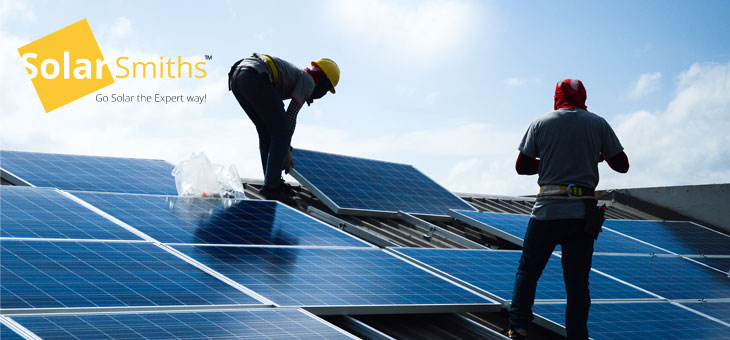

India has earned the title of being the fastest-developing solar power industry in the world. It is known for being the lowest-cost producer of solar power in the world.
In all probability, all your household appliances and gadgets run on electricity. We get that from the state-run electricity grid. If you could receive a solar subsidy for your home, you could use solar energy at a lower cost. Wouldn’t that be fantastic?
The Central Government and State Nodal Agencies offer subsidy schemes to the people for installing rooftop PV systems. It encourages people to exploit renewable energy and reduce their electricity bills. The cost of installation of a rooftop PV system is high, and it is inexpensive in the long run when compared to electric generators. Once the rooftop PV system is installed, they don’t need any other expenses as they use solar energy instead of fossil fuels.
The Ministry of New and Renewable Energy, Government of India, also known as MNRE in principle, accorded sanction of 10 MW capacity each to BRPL, BYPL, and TPDDL. For the promotion of grid-connected rooftop solar PV projects in the residential sector and IPGCL, which have been designated as anchor agencies and DISCOM as implementing agencies.
It reduces fossil fuel-based electricity, making buildings self-sustainable from the point of electricity. The scheme with an aggregate capacity of 10 MWp within each power distribution company in the NCT of Delhi ensures the installation of grid-connected to rooftop solar PV projects on the roofs of residential, RWA/GHS, and the subsidy is available broadly in categories.
SolarSmith wants to keep its audience informed about the most recent subsidy details so they can experience efficient outputs and lower costs.
The applicable subsidy for various capacities of rooftop solar power systems installed at individual residential households
More than 10 kW, subsidies can be availed for the initial 10 kW as per the regulations mentioned above. Hence subsidies cannot be availed for capacity above 10 kW.
Solarsmith advises that residential sector users should install the RTS plan, which has higher capacity as provisioned by state electricity regulations. For a subsidized project that is exclusively for a residential project, only indigenously manufactured PV panels, both modules and cells, should be utilized.
To understand more about schemes, this will reduce your pricing and utilize the benefits. Contact Since our staff has the most recent updates and can provide you with solar schemes and subsidies, our SolarSmith professionals will pay close attention to your needs and provide you with the assistance you need.
Checkout this : Subsidy & Net Metering- How to save more with your Solar power plant?



